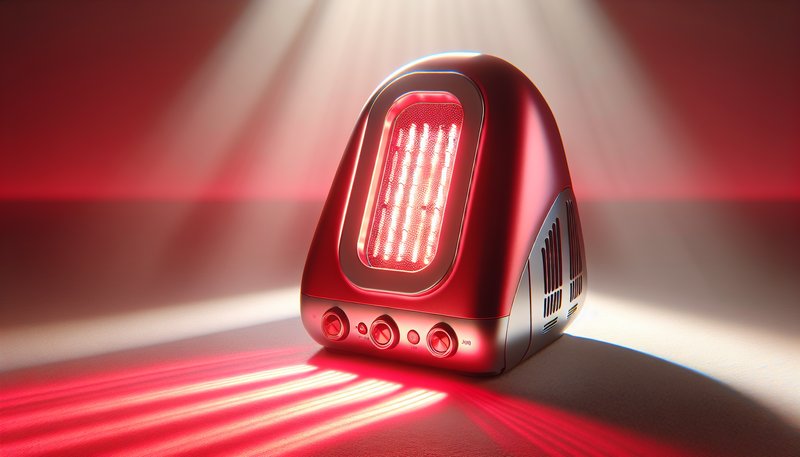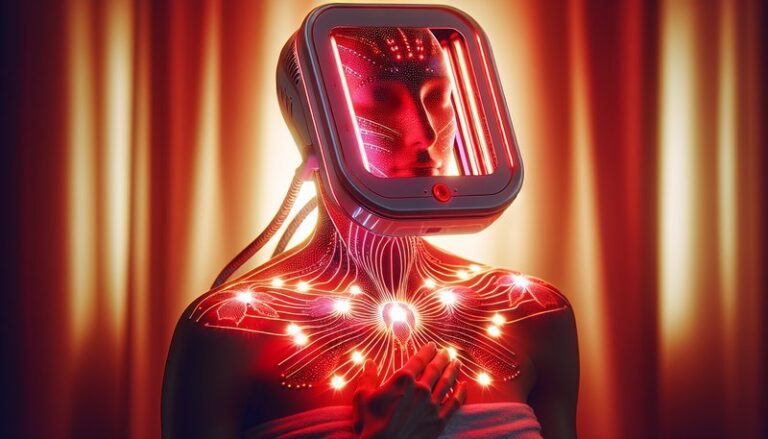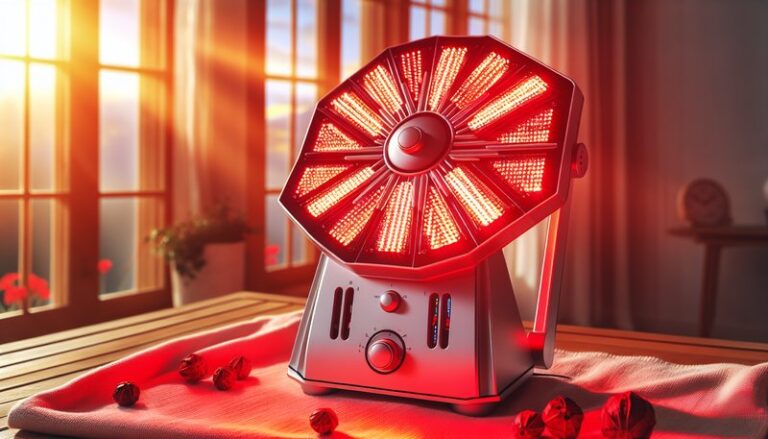Does Red Light Therapy Promote Hair Growth?
Does Red Light Therapy Promote Hair Growth?
Have you ever wondered whether a simple therapy could help combat hair loss and stunted hair growth?
This article explores red light therapy, examining its potential effectiveness in promoting hair growth. We will delve into the science behind the therapy, its benefits, common considerations, and alternatives, while providing a comprehensive picture of what users might expect.
Key Takeaways
- Red light therapy has shown promise in stimulating hair growth, particularly in individuals with androgenetic alopecia.
- The therapy works by increasing circulation, reducing inflammation, and enhancing cellular metabolism in hair follicles.
- While it is generally considered safe, potential users should evaluate their specific circumstances and consider alternatives.
What is Red Light Therapy?
Red light therapy (RLT) is a non-invasive treatment that utilizes low-level wavelengths of red light to stimulate cellular function. Originally developed for wound healing and pain relief, RLT is now gaining attention for its potential benefits in various areas, including hair regrowth.
RLT is believed to work by stimulating mitochondria in cells, which are responsible for energy production. This boost in energy may promote healing and regeneration, particularly in hair follicles that are crucial for growth.
How Does Red Light Therapy Work?
The mechanism behind RLT involves the absorption of specific wavelengths of light (typically between 600 to 650 nanometers) by skin cells and follicles. This stimulation leads to enhanced blood circulation and collagen production, creating an optimal environment for hair growth.
Research has shown that RLT can extend the anagen (growth) phase of hair follicles, thereby potentially encouraging fuller, thicker hair over time.
What are the Benefits of Red Light Therapy?
Exploring the benefits of red light therapy reveals multiple advantages that could influence its effectiveness for users seeking hair growth solutions.
Promotes Hair Growth in Both Men and Women
Various studies suggest that RLT can be beneficial for both genders, particularly for individuals experiencing androgenetic alopecia. Patients have reported noticeable improvements in hair density and thickness after consistent therapy sessions.
Safe and Non-Invasive
Unlike many hair restoration treatments, RLT is safe, painless, and devoid of side effects when used correctly. It doesn’t involve drugs or surgical procedures, making it an appealing alternative for individuals wary of more invasive options.
Reduces Inflammation and Boosts Circulation
RLT may help decrease inflammatory responses in the scalp, which can adversely affect follicle health. Additionally, the increase in blood flow can deliver essential nutrients to hair follicles, fostering a healthier growth environment.
Cost-effective Long-term Treatment
Though initial costs can be high, ongoing therapy at home (using handheld devices or helmets) may prove to be more economical than repeated visits to dermatologists or clinics for other forms of treatment.
Is it Possible to Promote Hair Growth with Red Light Therapy?
The feasibility of utilizing red light therapy for hair growth has gained traction over the years. Various products and devices are now available for personal use, allowing individuals greater access to this promising treatment.
What are the Advantages of Red Light Therapy for Hair Growth?
One significant advantage is convenience; users can engage in therapy from the comfort of their homes or visit specialized clinics. Furthermore, most RLT devices are easy to use, requiring no special skills or training.
What are the Disadvantages of Red Light Therapy for Hair Growth?
Despite its benefits, red light therapy does come with a few downsides. Individual results can vary widely depending on personal circumstances, such as the underlying cause of hair loss and adherence to treatment schedules. Additionally, the initial monetary investment for devices may be a barrier for some.
What are the Things to Consider Before Trying Red Light Therapy?
Before deciding to engage in red light therapy, it’s essential to take several factors into account to ensure efficacy and safety.
Consultation with Healthcare Professionals
It is advisable to consult a healthcare professional before starting red light therapy, especially for individuals with underlying health conditions or those currently taking medication that might interact negatively with treatment.
Consistency is Key
For optimal results, consistent use of RLT is vital. Users should be prepared to integrate therapy into their routine, as sporadic sessions may yield limited progress.
Realistic Expectations
Potential users should maintain realistic expectations. While many experience positive results, RLT may not be effective for everyone or for all kinds of hair loss conditions.
What are the Alternatives to Red Light Therapy for Hair Growth?
In addition to red light therapy, several alternative treatments can be considered for promoting hair growth.
Minoxidil
Minoxidil is a topical solution renowned for its ability to stimulate hair follicles and increase hair density. It is FDA-approved and widely used, making it a go-to option for many individuals.
Hair Transplant Surgery
For those experiencing significant hair loss, surgical solutions such as hair transplants can provide long-lasting results. This invasive method involves harvesting hair follicles from areas of the scalp with thicker hair and transplanting them to balding regions.
See our comprehensive review Red Light Therapy and Inflammation Reduction
Platelet-Rich Plasma (PRP) Therapy
PRP therapy involves drawing a small amount of blood, processing it to concentrate the platelets, and injecting it into the scalp. This method harnesses growth factors present in the platelets, stimulating hair growth and improving follicle health.
Conclusion: Is it Recommended to Try Red Light Therapy?
In summary, red light therapy presents an intriguing option for individuals looking to promote hair growth, especially for conditions like androgenetic alopecia. While many users report positive outcomes, it is essential to approach the treatment with realistic expectations and an understanding of personal circumstances.
Get the whole scoop Does Red Light Therapy Induce Sleepiness?
Frequently Asked Questions
Is red light therapy safe for everyone?
While RLT is generally safe, it is recommended to consult with a healthcare professional for those with underlying conditions or who are pregnant.
How long does it take to see results from red light therapy?
Results can vary; many users may notice improvements within 12 weeks of consistent treatment. However, individual responses can differ significantly.
Can I combine red light therapy with other hair growth treatments?
Yes, many individuals successfully combine RLT with medications like minoxidil or PRP therapy. However, it’s essential to consult with a healthcare professional for personalized advice.
How often should I use red light therapy for hair growth?
Typically, it is recommended to use RLT 3-5 times a week for best results. Follow the manufacturer’s instructions for specific devices, as usage times can differ.
Are there specific devices I should consider for red light therapy?
Many red light therapy devices are available on the market, including handheld units and specialized helmets. Look for those with specific wavelengths for hair growth and read reviews to find reputable options.





